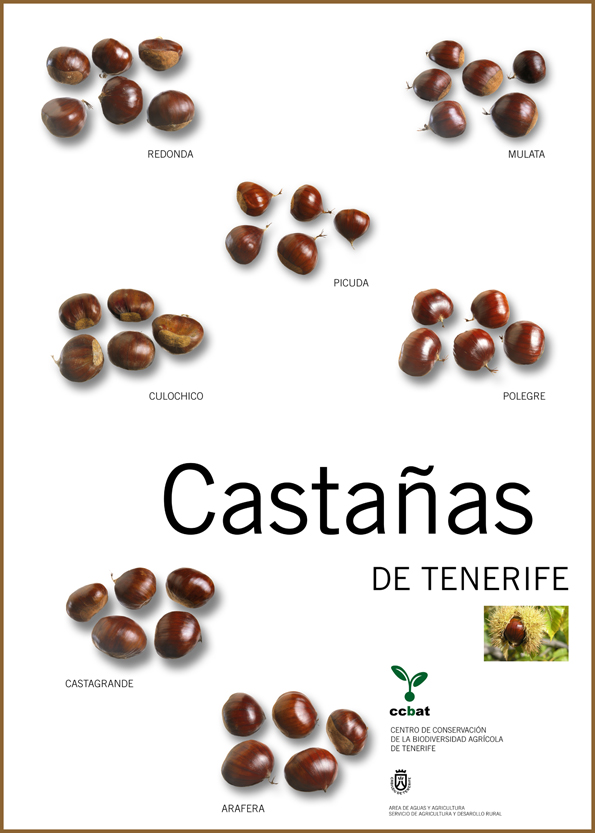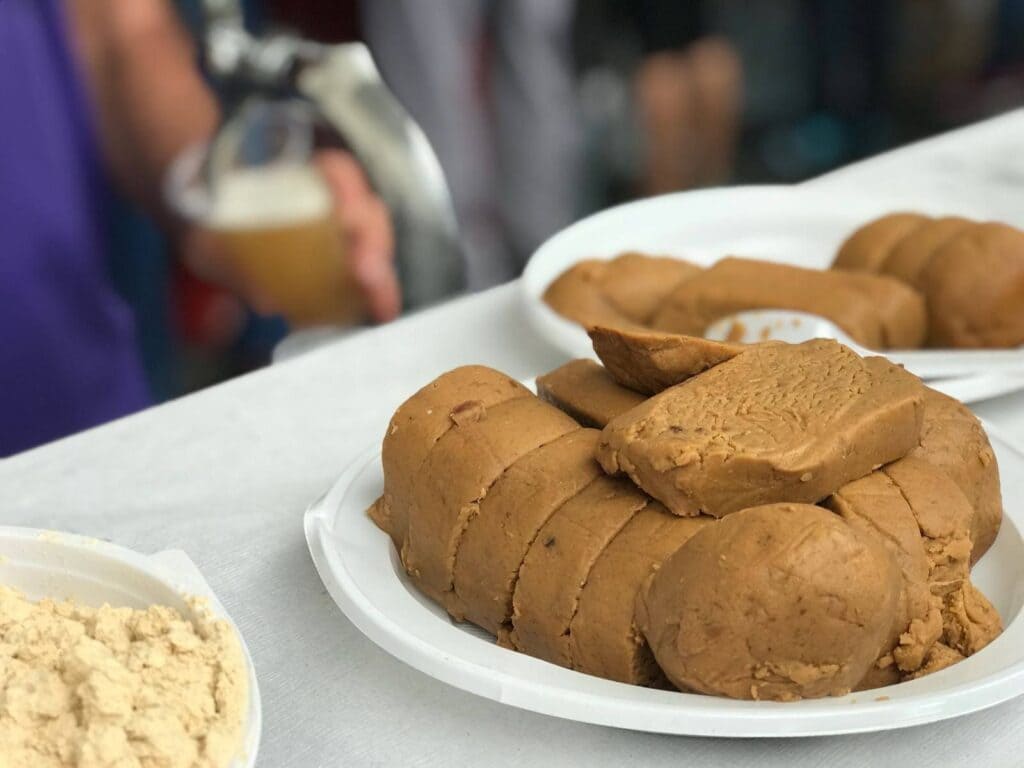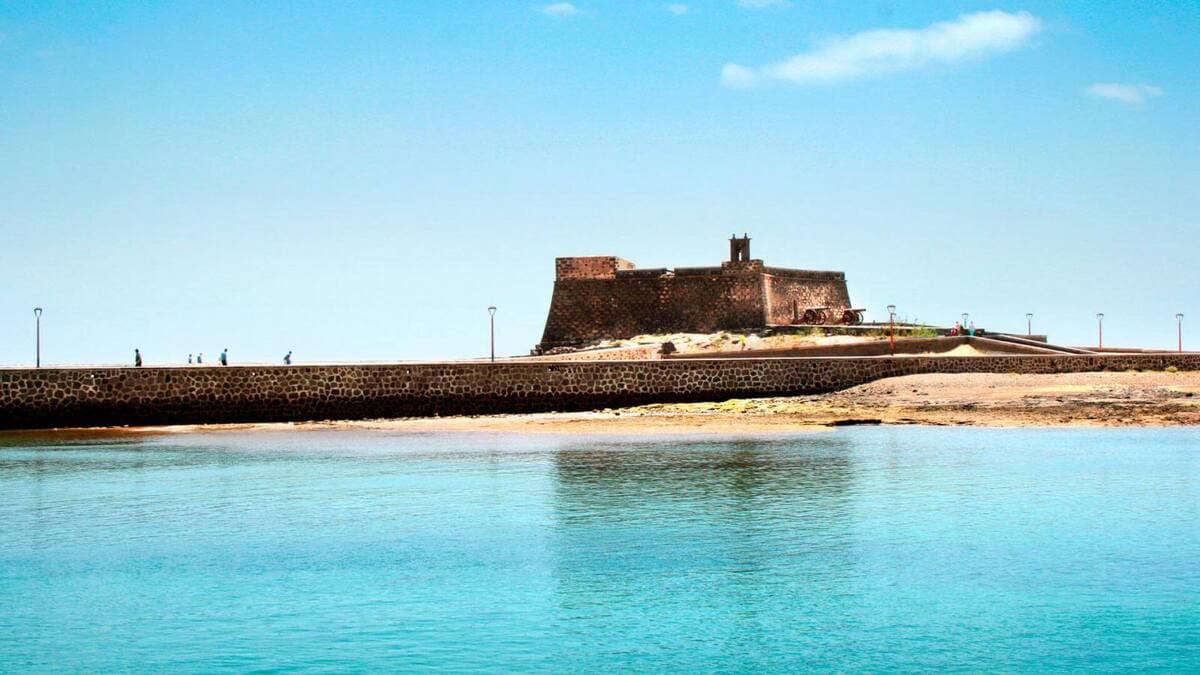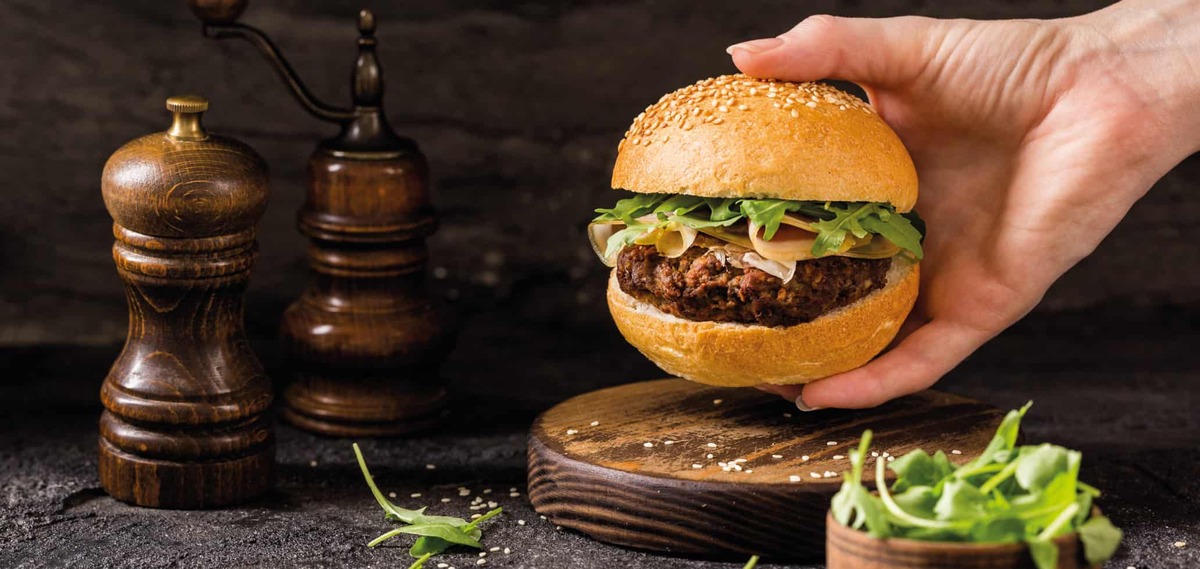Walking through the countryside on the island of Tenerife surrounded by chestnut trees is a privilege all year round, although it is especially in autumn, when the intense green leaves of the chestnut trees begin to acquire rich brown, reddish, orange and yellow tones, the most spectacular time of the year, without a doubt. We bring you a few curiosities about the island's chestnut trees and we will also take you on a route around the chestnut trees in Tenerife, for your enjoyment.
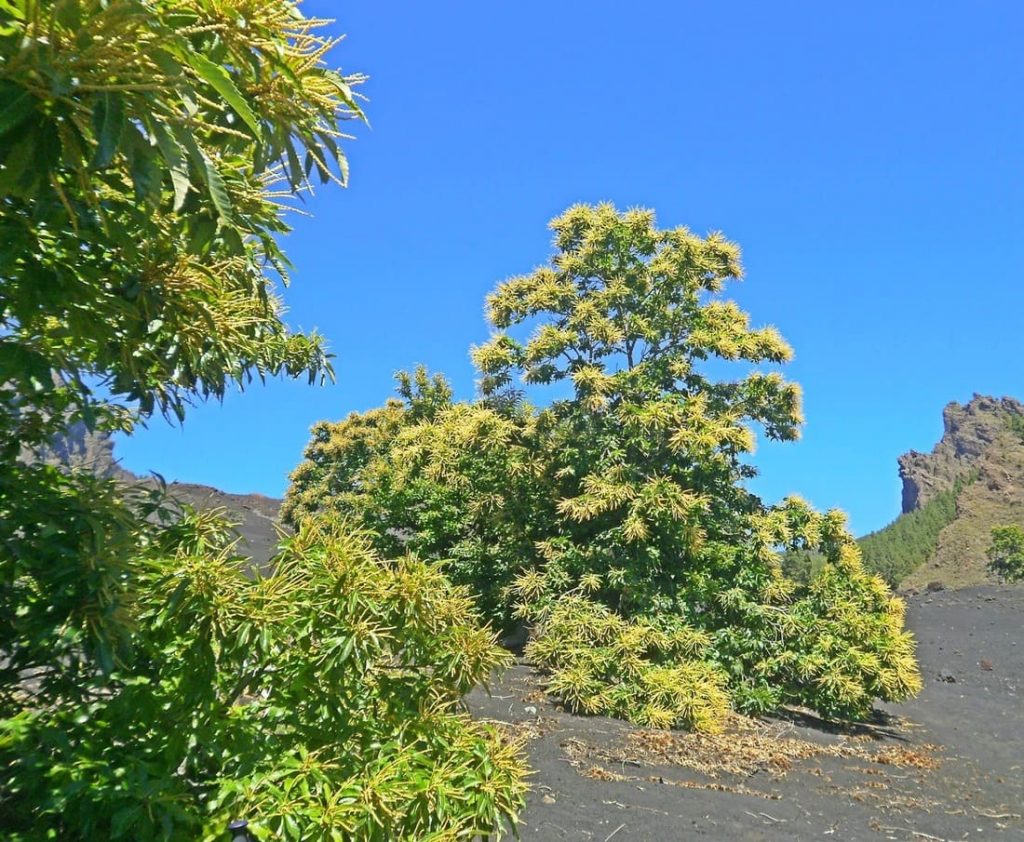
The chestnut trees of Tenerife, a walk
In Tenerife all the existing chestnut trees come from cultivation. They can be found, on the one hand, in the north, in the wettest area, which is undoubtedly the area from La Orotava to La Esperanza, and on the other hand, in the south, where they can be found near Arafo, a very dry area exposed to the wind.
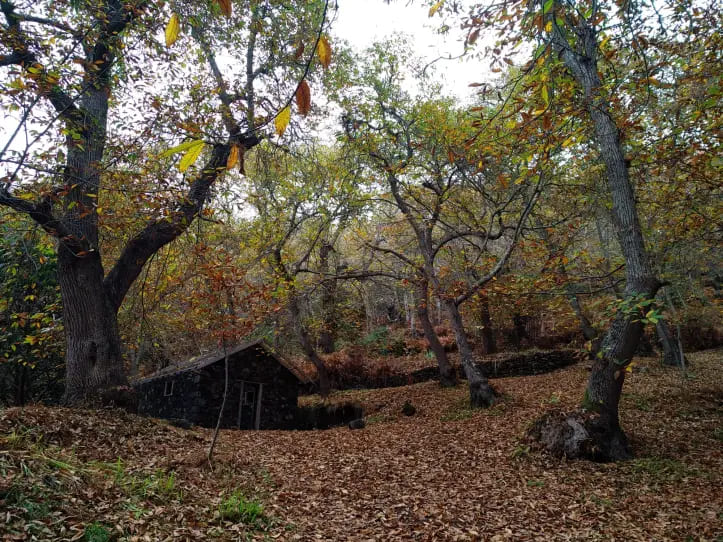
And what is the chestnut tree traditionally grown for? Apart from its marvellous fruit, chestnut trees are also grown for their wood (for making furniture, staves for wine barrels and wine presses), although in Tenerife since the 16th century they have been planted and exploited almost exclusively for the chestnut, a tasty fruit that can be eaten on its own, to make marron au naturel, marron glacé, or to make delicious jams, purées and flours. The chestnuts of Tenerife are renowned for their flavour and are used in traditional gastronomy and confectionery.
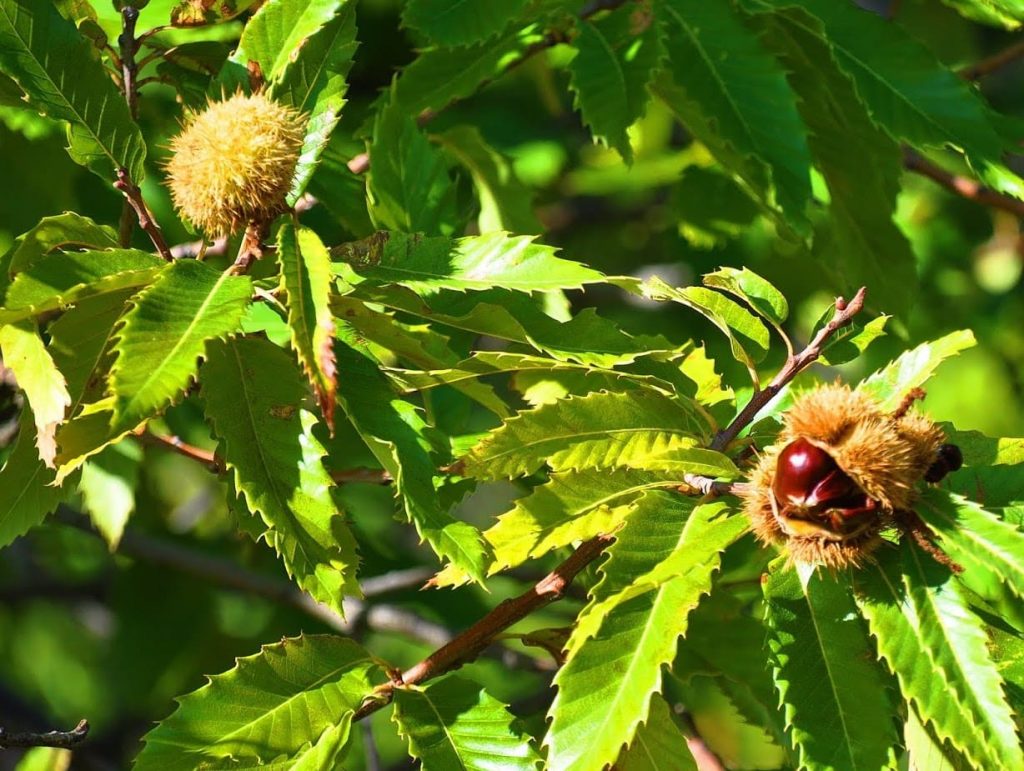
Chestnut trees can be found on the island of Tenerife between 800 and 1100 m, an optimum range for their cultivation, in a transition zone between the vineyards and potatoes (in fact, their cultivation is associated with coloured potatoes) and the mountain proper. Chestnut trees are fast-growing trees whose fruit, the chestnut, is contained in a thorny covering called a hedgehog.
Chestnut varieties in Tenerife
A fact for the curious: there is actually not just one type of chestnut in the Canary Islands, but 21. By islands,Tenerife has 17 varieties, Gran Canaria 6, El Hierro 2 and La Gomera 1. The rest of the islands have yet to be studied. These chestnut varieties have such curious names as arafero, chocho, jabudo, lisio (for making marrón glacé); de sala (for making natural brown); castaños corujero, culochico, del haya, de pata, donoso, matancero, mollar, mulato, piñero, redondo and temprano (for making jams, purées and flours) and polegre, picudo, peloño, negro, manso (for consumption of the chestnut fresh).
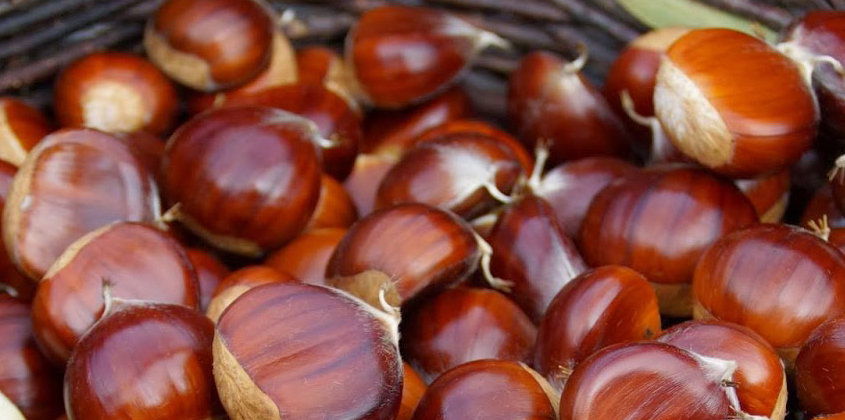
The fresh Tenerife chestnut is very tasty, it is eaten roasted, sweet, as an aperitif in the island's kiosks, stuffed in rich traditional recipes, stewed in the shell, in stews, with salted fish, fried in oil... A delight.
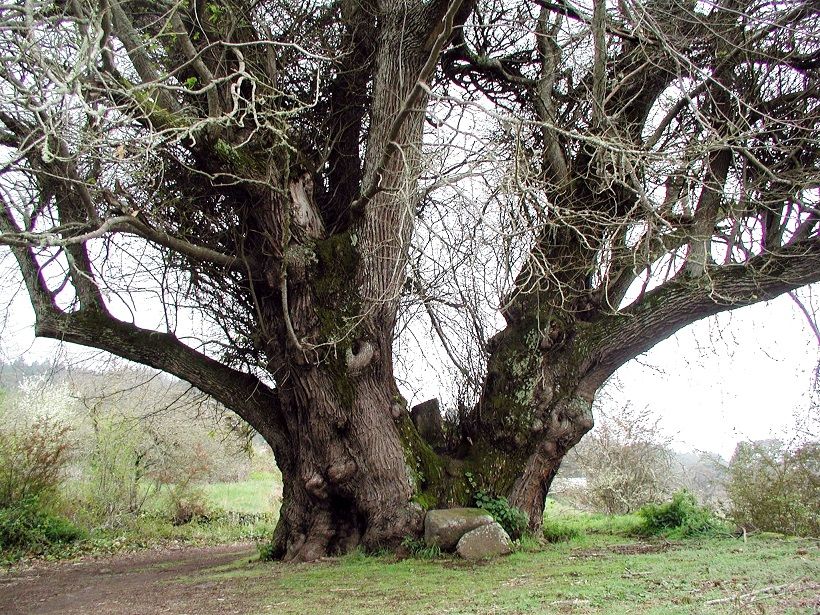
The Aguamansa-Pinolere chestnut route
Perfect for the whole family, this route through La Orotava is of medium-low difficulty and lasts approximately 3 hours. With spectacular views of Mount Teide, the route passes through beautiful chestnut trees and Canary Island pines, as well as mushrooms in autumn.
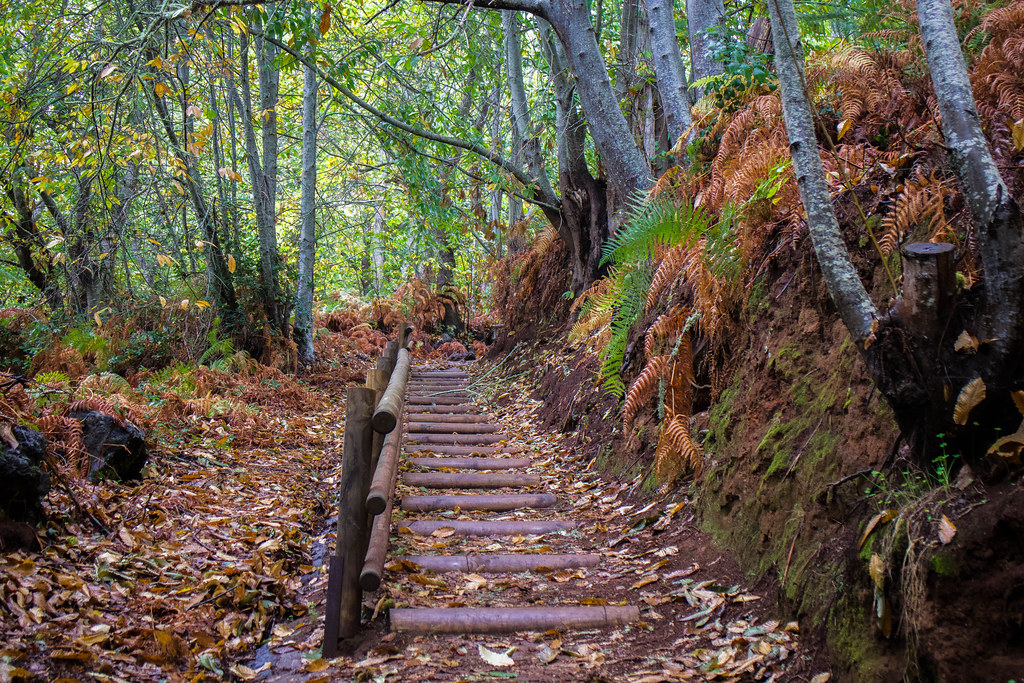
The route of the chestnut trees of Alto de La Victoria
Known as the Barranco del Dornajo circular route, it is a circular route that starts at this point. It is about 9 km long, a route of medium difficulty, which runs through the protected area of Las Lagunetas. We will find species such as laurisilva, Canary Island pine, heather, as well as vineyards and of course, chestnut trees, one of the economic engines of this area. Autumn is undoubtedly the best time to do this route.
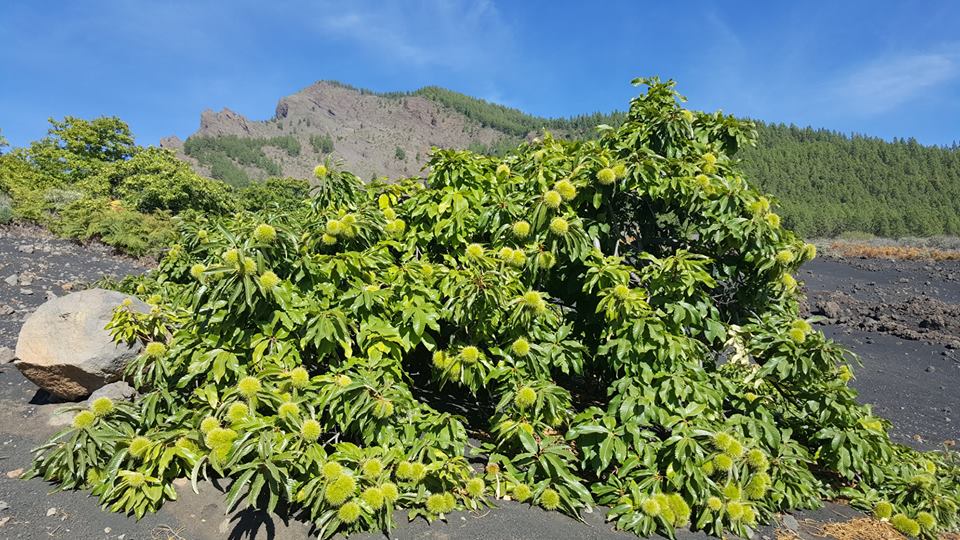
The path of Arafo
In the south of the island, as we said, we find the chestnut trees of Arafo, which are exposed to the wind and a drier climate. We can visit the chestnut trees near Arafo by visiting the volcano of Arafo or Las Arenas, arriving in the municipality and climbing easily following the signs to the area of El Pinalete. It is also possible to do a demanding route, which can be started in La Crucita (also called El Filo), where a path crosses the caldera of Pedro Gil, the so-called Camino de los Romeros, a route of 8-9 km, with a high degree of difficulty, and with an approximate duration of four or five hours. This somewhat difficult route crosses the Natural Park of Las Siete Lomas, with spectacular views of the coast, where we can contemplate the great size of many chestnut trees.
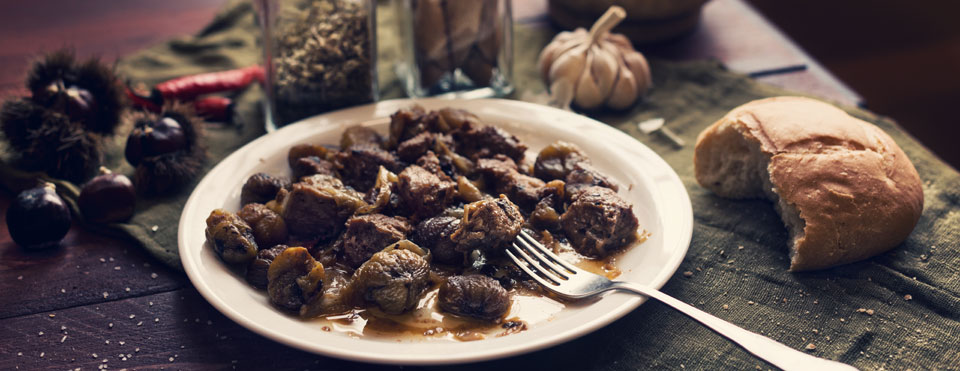
The route ends in the town of Arafo, where the Chestnut Days have been held for some years now, with routes through the chestnut groves, fried chestnut tastings, show cooking and even a tapas route through the town, in which, of course, the Arafo chestnut is the main protagonist. It is possible to buy chestnuts in the village, of course.
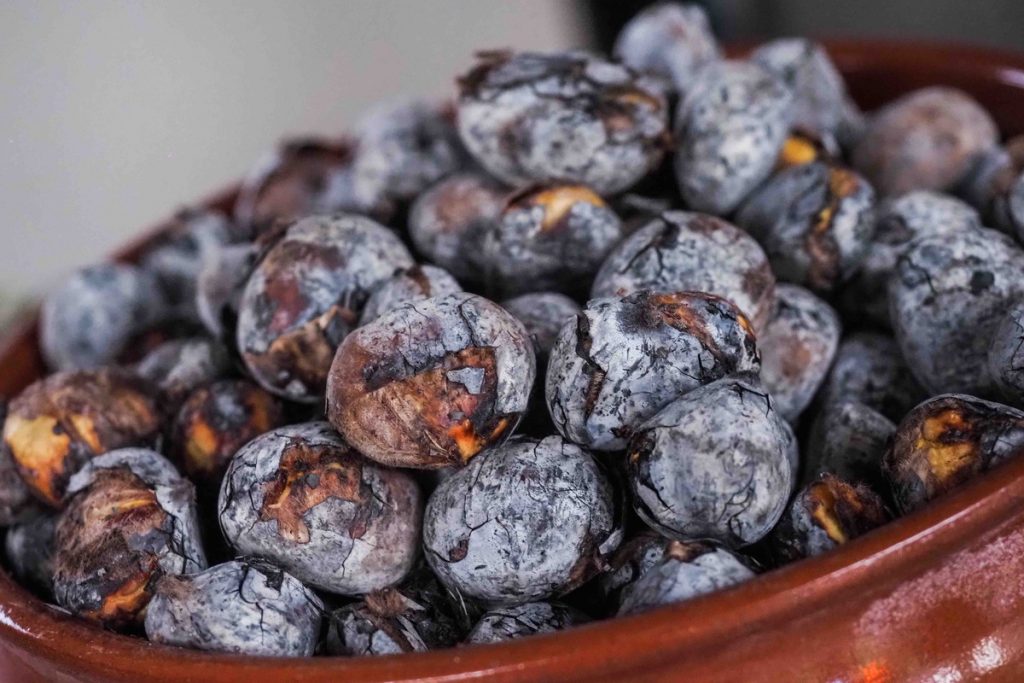
The tradition of St Andrew
There is also a tradition that every 29 November, coinciding with the festivities dedicated to San Andrés, the island's wineries open their doors to taste the new wine accompanied by stewed chestnuts, mojo and fish. Other festivals are also held around the Tenerife chestnut, such as Saborea Acentejo or the Chestnut Fair in La Matanza, in which apples accompany the chestnut.
Photos: conocearafo.blogspot.com, lagavetavoladora.com, caminosdetierrasite.com, caminantesdeaguere.com, Sergio Mendes (Diario de Avisos).
